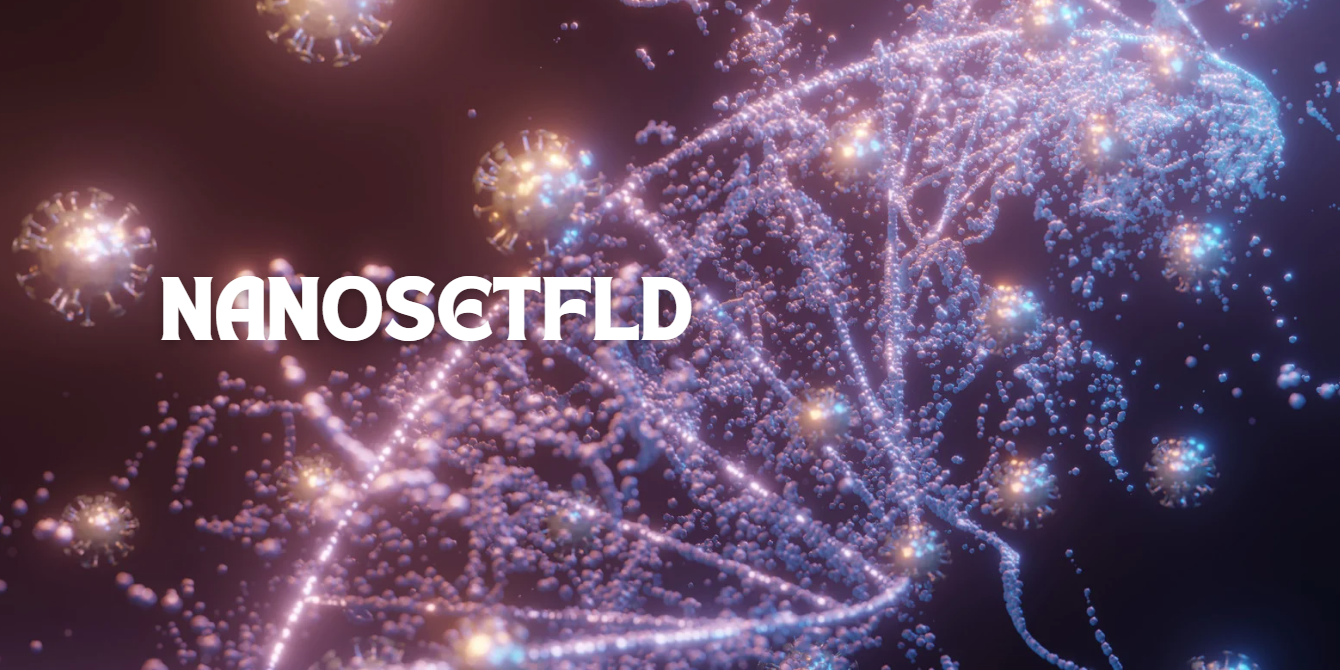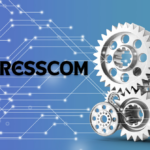Contents
Introduction
Welcome to the revolutionary realm of Nanosetfld, where state-of-the-art nanotechnology is reshaping the future! Nanosetfld stands at the forefront of innovation, utilizing atomic manipulation and nanoscale inventions to transform entire industries.
This article aims to provide a comprehensive and informative overview of Nanosetfld, delving into its applications, impact, and future potential. We will also address frequently asked questions to ensure a thorough understanding of this groundbreaking technology.
What is Nanosetfld?
Nanosetfld refers to a cutting-edge field within nanotechnology that focuses on the manipulation and control of matter at the atomic and molecular scale. This technology enables the creation of new materials and devices with unprecedented properties and capabilities. By operating at the nanoscale, Nanosetfld can significantly enhance the performance and efficiency of various products and processes across multiple industries.
Historical Background of Nanotechnology
To understand the significance of Nanosetfld, it’s essential to look at the historical development of nanotechnology. The concept of nanotechnology dates back to the early 20th century, but it wasn’t until the 1980s that significant advancements were made. Key milestones include:
- 1959: Richard Feynman’s lecture “There’s Plenty of Room at the Bottom” outlined the potential of manipulating atoms and molecules.
- 1981: The invention of the scanning tunneling microscope (STM) allowed scientists to visualize and manipulate individual atoms.
- 1986: Eric Drexler’s book “Engines of Creation” popularized the idea of molecular nanotechnology.
Nanosetfld builds on these foundational advancements, pushing the boundaries of what nanotechnology can achieve.
Applications of Nanosetfld
1. Healthcare and Medicine
Nanosetfld is revolutionizing healthcare and medicine through innovations such as targeted drug delivery, diagnostic tools, and regenerative medicine. Nanoparticles can be engineered to deliver drugs directly to cancer cells, minimizing side effects and improving treatment efficacy. Additionally, nanoscale diagnostic tools enable early detection of diseases, increasing the chances of successful treatment.
2. Electronics and Computing
In the electronics industry, Nanosetfld is driving the development of smaller, faster, and more efficient devices. Nanoscale transistors, quantum dots, and nanosensors are just a few examples of how nanotechnology is enhancing computing power and energy efficiency. This advancement is crucial as we move towards more sophisticated and compact electronic devices.
3. Energy and Environment
Nanosetfld plays a vital role in developing sustainable energy solutions and addressing environmental challenges. Nanomaterials are being used to create more efficient solar cells, batteries, and fuel cells. Additionally, nanotechnology aids in environmental cleanup by providing advanced filtration systems and catalytic converters that reduce pollution.
4. Materials Science
The ability to manipulate materials at the nanoscale has led to the creation of stronger, lighter, and more durable materials. Nanosetfld has applications in various industries, including aerospace, automotive, and construction. For instance, nanocomposites can enhance the strength and heat resistance of materials used in aircraft and spacecraft.
5. Biotechnology and Agriculture
Nanosetfld is making significant strides in biotechnology and agriculture. Nanotechnology-based fertilizers and pesticides improve crop yields and reduce environmental impact. Moreover, nanosensors can monitor soil conditions and plant health, enabling precision agriculture and sustainable farming practices.
How Nanosetfld Works
Understanding the underlying principles of Nanosetfld involves exploring the techniques and tools used in this field. Key methods include:
Atomic Force Microscopy (AFM)
AFM allows researchers to visualize and manipulate individual atoms and molecules. This technique is essential for creating and studying nanoscale structures.
Nanolithography
Nanolithography involves patterning materials at the nanoscale, enabling the fabrication of intricate nanodevices and circuits. Techniques such as electron beam lithography and nanoimprint lithography are commonly used.
Self-Assembly
Self-assembly is a process where molecules spontaneously organize into structured patterns. This method is crucial for creating complex nanostructures with minimal external intervention.
Chemical Vapor Deposition (CVD)
CVD is used to deposit thin films of materials onto substrates, creating nanoscale coatings and structures. This technique is widely used in electronics and materials science.
Challenges and Ethical Considerations
Technical Challenges
Despite its potential, Nanosetfld faces several technical challenges. These include issues related to scalability, reproducibility, and the precise control of nanoscale processes. Overcoming these challenges is essential for the widespread adoption of nanotechnology.
Ethical and Safety Concerns
The ethical implications of Nanosetfld are significant. Concerns include potential health risks associated with nanoparticles, environmental impact, and the possibility of misuse in surveillance or warfare. Establishing robust safety protocols and regulatory frameworks is crucial to address these issues.
The Future of Nanosetfld
Advancements in Research
Ongoing research in Nanosetfld is expected to yield groundbreaking discoveries and applications. Emerging areas of interest include quantum computing, nanomedicine, and advanced materials.
Commercialization and Industry Impact
As Nanosetfld technology matures, its commercialization will drive economic growth and innovation across multiple industries. Companies investing in nanotechnology will gain a competitive edge in the market.
Societal Implications
The societal impact of Nanosetfld will be profound. Enhanced healthcare, sustainable energy solutions, and improved quality of life are just a few potential benefits. However, addressing ethical and safety concerns will be vital to ensure positive outcomes.
FAQs about Nanosetfld
What is Nanosetfld?
Nanosetfld is a field within nanotechnology that focuses on manipulating and controlling matter at the atomic and molecular scale to create new materials and devices with enhanced properties.
How does Nanosetfld benefit healthcare?
Nanosetfld benefits healthcare by enabling targeted drug delivery, early disease detection, and regenerative medicine. These advancements improve treatment efficacy and patient outcomes.
What industries can Nanosetfld impact?
Nanosetfld can impact various industries, including healthcare, electronics, energy, materials science, biotechnology, and agriculture.
What are the ethical concerns associated with Nanosetfld?
Ethical concerns include potential health risks, environmental impact, and the misuse of nanotechnology. Establishing safety protocols and regulatory frameworks is essential to address these issues.
What is the future potential of Nanosetfld?
The future potential of Nanosetfld includes advancements in quantum computing, nanomedicine, and sustainable energy solutions. Ongoing research and commercialization will drive innovation and economic growth.
Conclusion
Nanosetfld represents a revolutionary advancement in nanotechnology, with the potential to transform multiple industries and improve the quality of life. By harnessing the power of atomic and molecular manipulation, Nanosetfld is driving innovations in healthcare, electronics, energy, materials science, and more.
As we navigate the challenges and ethical considerations associated with this technology, the future of Nanosetfld promises to be both exciting and impactful.
This comprehensive overview of Nanosetfld highlights its significance and potential, offering insights beyond what is currently available. By staying informed and engaged with this rapidly evolving field, we can fully appreciate the transformative power of Nanosetfld.







